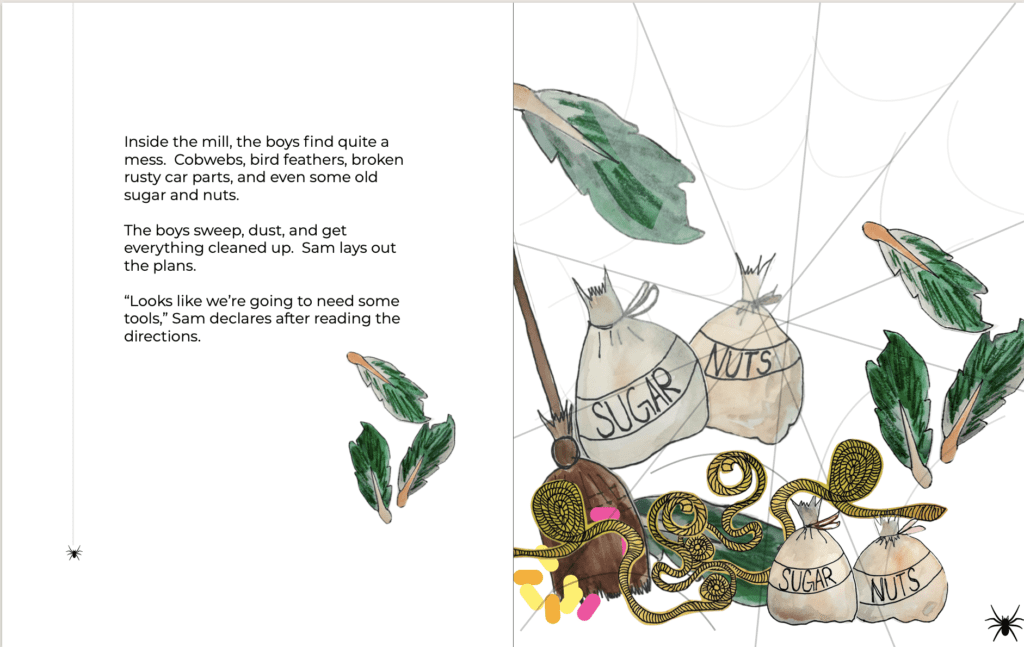How to Understand What You See
I wanted to write you a mini-lesson on visual literacy specifically connected to the meaning of materials. But before we can talk about the meaning of materials, we need to start at the beginning and talk about seeing.

Visual literacy is important for everyone.
You might think that if you’re not an artist or aspiring to be one visual literacy isn’t for you. Not so fast, look around.
If you enjoy looking at art, you’ll enjoy it even more if get more comfortable understanding how to LOOK at it.
If you spend time on social media, you need to strengthen your ability to understand what the images mean. Which images are real, which are manipulated and why.
Do you use emojis to communicate? Guess what? That’s visual communication.
What you wear, that’s a form of visual communication.
Always wanted to learn more than one language, so why not learn the language of images? You can apply what you learn about visuals to help you create images, understand the world around you, decorate a room, and so much more.
Thought by Design, Paul Rand
In the book Thoughts on Design, Paul Rand says, “Visual communications of any kind, whether persuasive or informative, from billboards to birth announcements, should be seen as the embodiment of form and function: the integration of the beautiful and the useful. In an advertisement, copy, art, and typography are seen as living entity; each element is integrally related, in harmony with the whole, and essential to the execution of the idea. Like a juggler, the designer demonstrates his skills by manipulating these ingredients in a given space. Whether this space takes the form of advertisements, periodicals, books, printed forms, packages, industrial products, signs, or TV billboards, the criteria are the same.”
Get started with visual thinking strategies.
Visual thinking strategies are most often applied when looking at an image. I’d encourage you to use them whether looking at an image, object, building, room, or even a person.
- What’s going on?
- What makes you think that?
- Look closer, what more can you find?